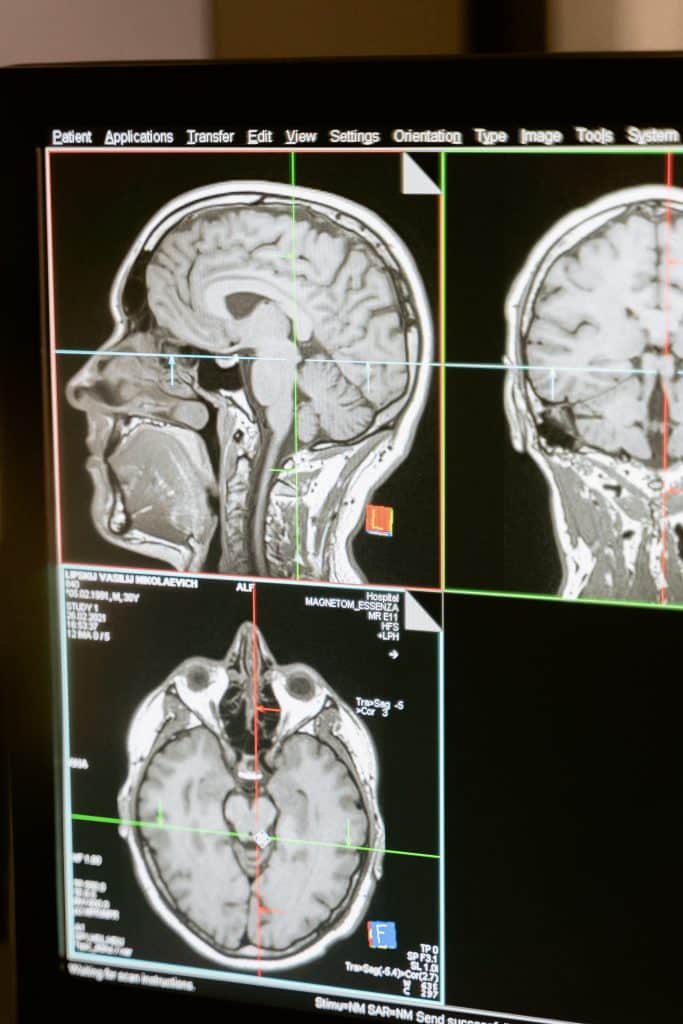Technology has brought us lots of the things we enjoy today and make our lives easier. From video games, mobile phones, and various household appliances, none of these would be possible without the strides we made in the technological world.
However, one area where we don’t often talk about is how technology is used in the advancement of the medical industry. We’re not just talking about the production of medicines and high-tech hospital equipment. What we mean are the groundbreaking innovations we’ve made towards the development of the ultimate cure for cancer.
If you are unaware of how we’re currently using the latest technology to defeat this enemy, this article will show you.
Vaccine Production
There has been a timeless battle between mankind and cancer, as this is one of the chronic illnesses that we find very difficult to cure. Thankfully, we’ve gathered a lot of information over the past decades on how to treat cancer. One method is to develop a vaccine.
However, since cancer is quite a complex disease, the vaccine is not universal. Instead, it would be a personalized vaccine aimed to treat the patient’s specific needs according to his/her body’s response to the cancer cells.

By using the most advanced technologies in the field of immuno-oncology, the vaccine aims to prevent the transmutation of healthy cells into tumor cells. The question now is if a vaccine is capable of doing that, why is it not universal?
The thing is, the tumor that develops in a person’s body because of cancer is different from another person’s. That means that even if both persons have cancer, the personalized vaccine would work on one patient but not on the other.
This means that the vaccine currently being developed to fight cancer is a perfect match for the DNA found in the person’s tumor. The manufacturer would then try to find a set of RNA that can instruct the body to produce a certain type of protein that would alter the effects of cancer.
Immune Cells
The next method used to fight cancer is also a personalized treatment, but it doesn’t come in the form of a vaccine. This method is called CAR-T cell therapy. To give you a general idea of how this therapy works, we must first understand that when our bodies develop cancer, it is the healthy cells that they attack. However, not all healthy cells are affected. There are cells in our bodies that do not respond to cancer, which means they are immune.
The CAR-T cell therapy instructs these immune cells to attack the cancer antigens in the body. Because of this, patients do not need to undergo painful treatments such as chemotherapy and other methods, which can sometimes cause damage to other healthy cells and tissues.
However, CAR-T cell therapy is still in its early stages, having been first used in 2018. Not a lot of patients are aware of it yet, and not every hospital or country can offer this treatment. Furthermore, this treatment has severe side effects, which is why it’s often offered as a last resort to patients.
Use of Microbes
One of the main reasons why our bodies can’t fight cancer is that the immune system can’t detect the tumor cells. This means that even though we have a natural defense for illnesses, it would not be of any use if it can’t determine the enemy.

However, a group of scientists has found that there are microbes in our bodies that can mimic or imitate the antigens found in tumors. If you’re unaware, microbes help prevent inflammation in different parts of our bodies while also boosting the healing properties of our immune system.
The purpose of the microbe now is to ensure that the tumor cells become visible to the immune system. When this happens, these tumor cells cannot roam freely in our bodies anymore, hiding in plain sight, because our immune system will use all of its resources to combat and get rid of them.
Unfortunately, this treatment is still in the works. It has only been tested in preclinical studies, such as through the use of orthotopic tumor mouse models to observe how the cancer cells behave when exposed to the microbe-based vaccine. It may take a few more years before the vaccine is stable enough to be tried on humans.
Gone are the days when we couldn’t do anything but hope and pray that the various traditional treatments would be effective against cancer. While we are definitely still in the progress of developing a cure for cancer, the results are promising. Sooner or later, cancer would become a manageable disease that we can fight through technology.














Leave a Reply